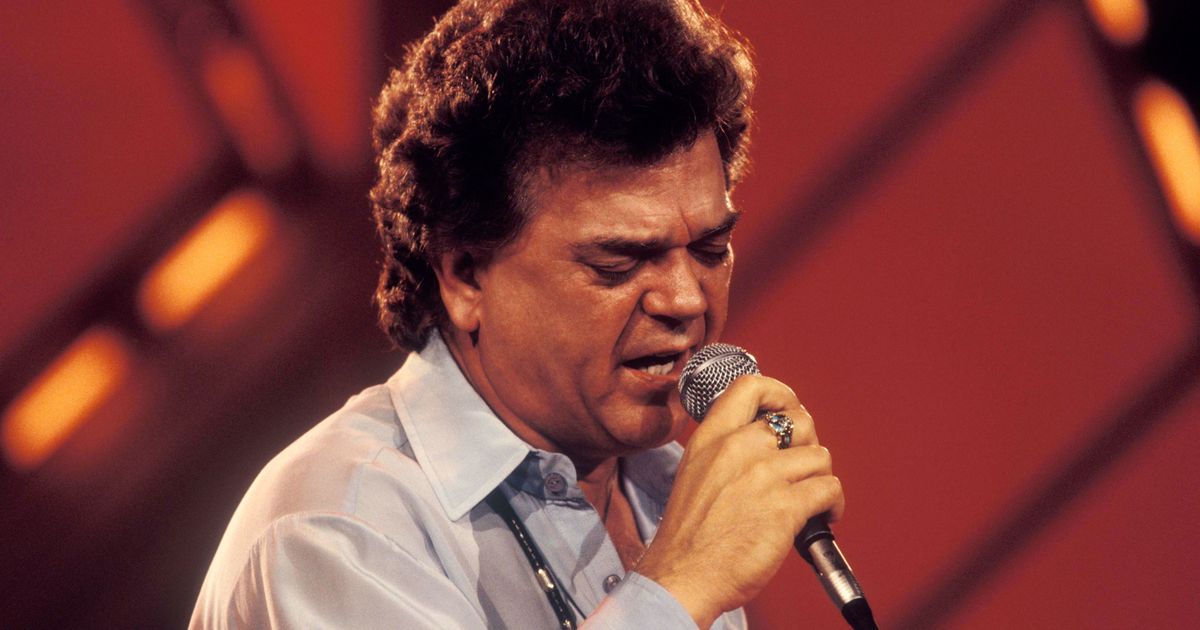
To country music fans, Conway Twitty is a name that evokes unforgettable songs, a velvety baritone voice, and a legacy built on decades of chart-topping success. But behind the polished stage persona and iconic name lies a lesser-known truth: Conway Twitty wasn’t his real name.
The man we know as Conway Twitty was born Harold Lloyd Jenkins on September 1, 1933, in Friars Point, Mississippi. Named after the silent film star Harold Lloyd, young Harold grew up in a modest Southern home, deeply influenced by gospel, country, and early rock and roll. Long before he became a music icon, he was a small-town boy with big dreams — dreams that would eventually lead him to craft one of the most recognizable stage names in country music history.
The Birth of “Conway Twitty”
In the 1950s, Jenkins set his sights on a music career. After a brief stint in the military and some success in local bands, he realized he needed a name that stood out — something catchy, memorable, and distinct from his birth name. Inspired by a road atlas, he chose “Conway” from Conway, Arkansas, and “Twitty” from Twitty, Texas. The combination had a rhythmic charm, and it rolled off the tongue with star power.
Thus, Conway Twitty was born — a name that would soon top both pop and country charts.
From Rock ‘n’ Roll to Country Royalty
Twitty’s career initially took off in the late 1950s with a rock and roll hit, “It’s Only Make Believe” (1958), which reached No. 1 on the Billboard Hot 100. But it wasn’t long before he transitioned fully into country music, where he found his true voice and audience.
Throughout the 1970s and ’80s, Conway Twitty became one of the most prolific hitmakers in country music history, with classics like:
-
“Hello Darlin’”
-
“You’ve Never Been This Far Before”
-
“Linda on My Mind”
-
“Tight Fittin’ Jeans”
He also enjoyed legendary duets with Loretta Lynn, forming one of the most beloved pairings in country music.
Why the Name Still Matters
Though many fans know him only as Conway Twitty, those closest to him continued to call him Harold, the name of the man behind the legend. But his choice to reinvent himself wasn’t about deception — it was about creating an identity that matched the scope of his ambition. Conway Twitty wasn’t just a singer; he was a brand, a storyteller, and an embodiment of the era’s musical evolution.
Even today, decades after his passing in 1993, the name Conway Twitty resonates deeply with fans of classic country. But knowing that the man behind the microphone was Harold Lloyd Jenkins only deepens our appreciation. It reminds us that legends aren’t born — they’re built, note by note, name by name.